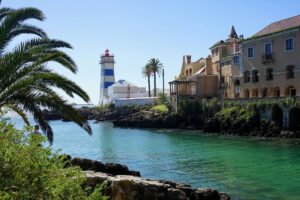Last Updated on November 29, 2025 by Emma Fajcz | Published: November 18, 2018
Whether hot off the grill or straight from the tin, you have to try sardines in Lisbon.
With hundreds of miles of Atlantic coastline, Portugal has always turned to the water to feed its people. You’ll find seafood on the menu at most restaurants in Lisbon, and the city even holds a month-long festival starring the country’s most iconic fish: the humble sardine.
Here’s everything you need to know about sardinhas—including how to eat them, where to try them, and more.
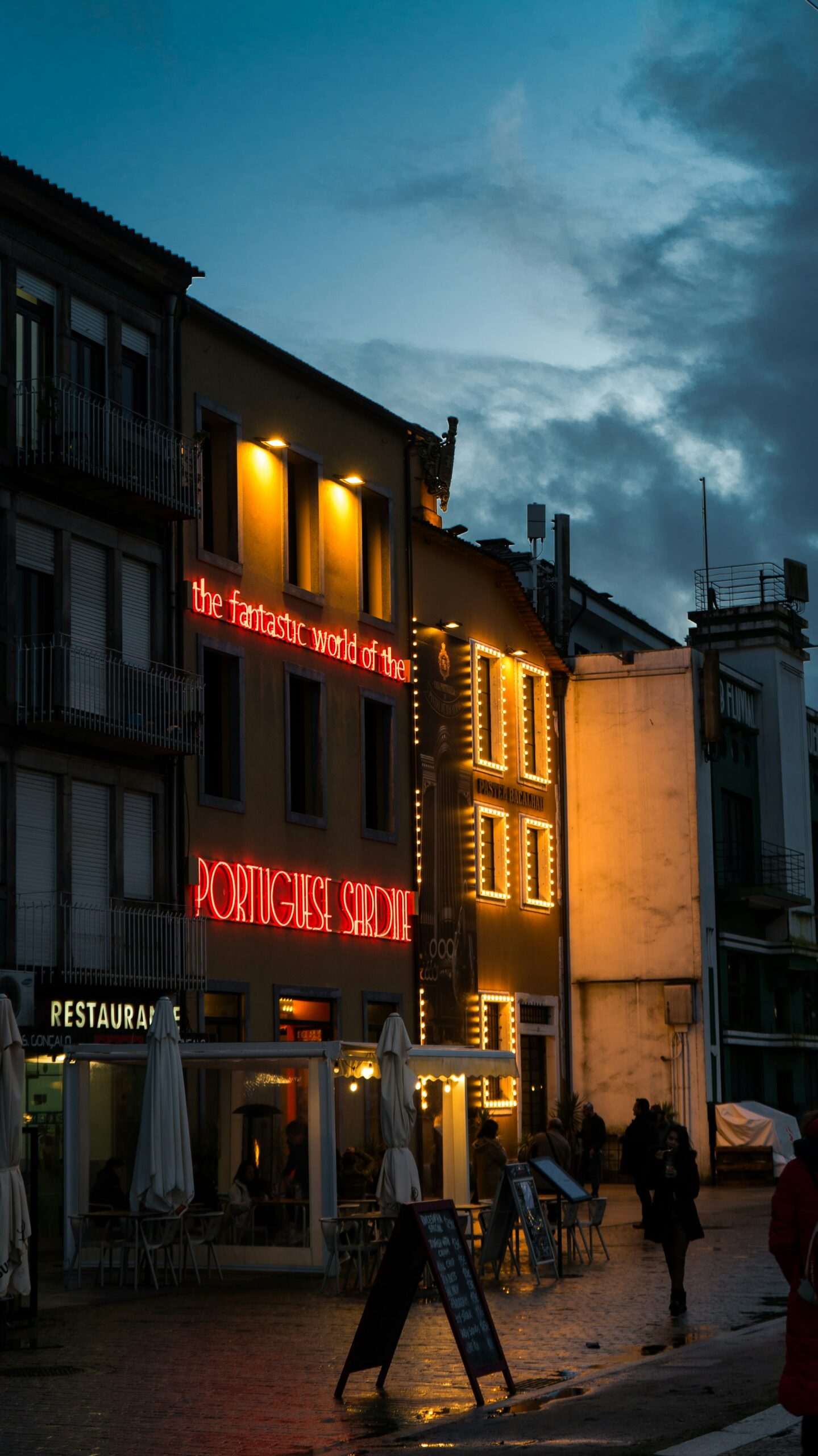
What's Included
Saintly sardines
So what’s the big deal about sardines in Lisbon?
It all started with Santo António (Saint Anthony), Lisbon’s patron saint. As the story goes, during one of his expeditions to Italy, he was having trouble converting the local people, so (naturally) he turned to the fish. Legend has it that the fish listened to his sermon and he took it as a sign of God. This miracle also convinced the locals to hear him out, and his mission was successful.
This story might explain why we associate Santo António with fish, but why sardines in particular? There are various explanations, but the simplest one is that this fish, which is native to the country’s coastline, has long been a symbol of Portuguese culture and pride.
In Lisbon, June 13th is the Day of Santo António. But the entire month of June is also one big celebration, known as Santos Populares. The streets of Alfama, Graça, Mouraria, and Bairro Alto come alive with colorful streamers, fado music, and street food stands selling the main attraction: freshly grilled sardinhas (sardines) served atop a slice of bread, or broa de milho.
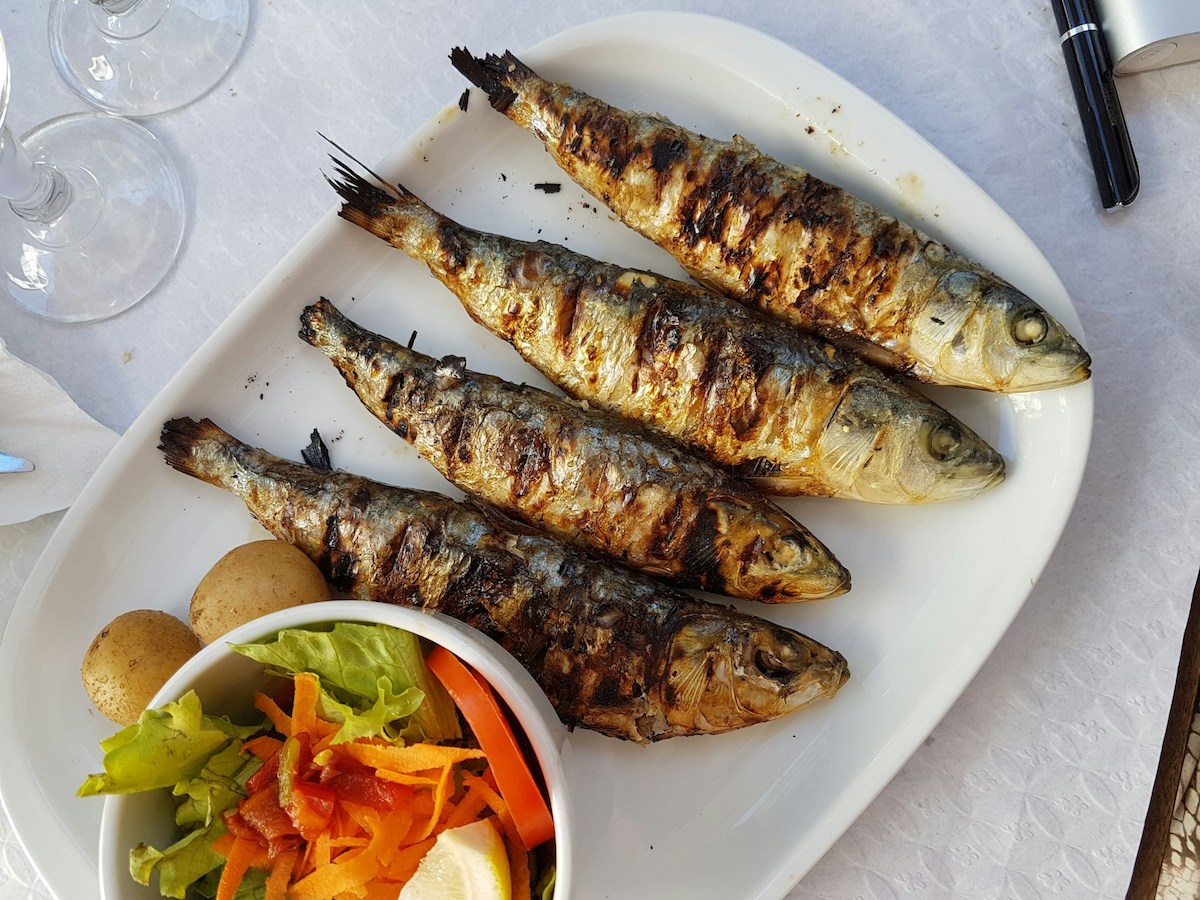
Where to eat grilled sardines in Lisbon
If you’re visiting Lisbon in summer, the smell of grilled sardines will tempt you everywhere you turn. The best time to try fresh sardines in Lisbon is between May and October. If you order them outside of these months, they’ll probably be frozen. Make sure to ask before you order!
The ultimate experience is eating sardines straight from an outdoor grill during the Santos Populares festivities. But if you’re not visiting in June, we recommend going to Farol de Santa Luzia (Largo de Santa Luzia 5) or Último Porto (R. Gen. Gomes Araújo 1), both of which serve fantastic grilled fish all year round.
A word to the wise: while it’s certainly worth trying sardines in Lisbon, they’re not for everyone. Some people love the strong, fishy flavor, and the experience of deboning the fish right on your plate. But, if you take a bite and decide it’s not for you, don’t worry—at least you gave it a shot! You can celebrate Santo António with a bowl of caldo verde or pão com chouriço instead.
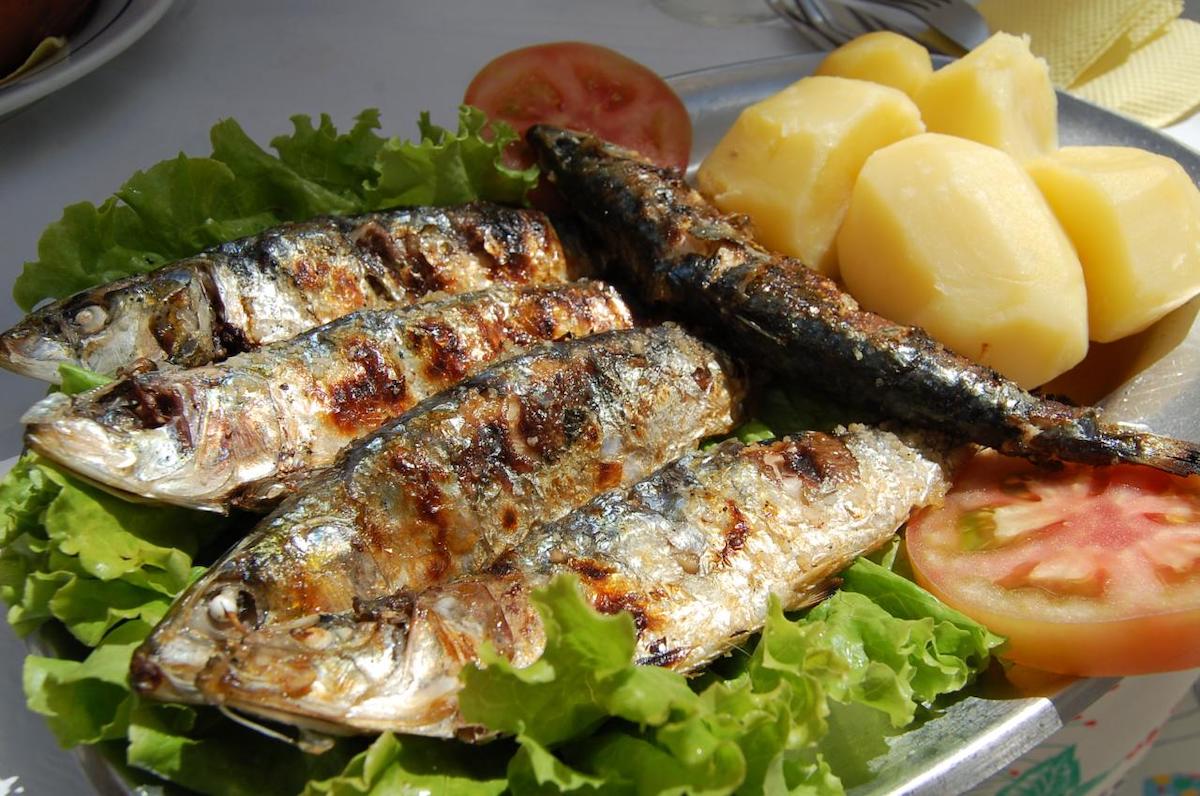
Canned sardines and conservas
There’s another style of sardines—and other fish—that’s immensely popular in Portugal. We’re talking about conservas, or canned seafood. Unlike the large grilled sardines that you can order at restaurants or from street vendors, canned sardines are small, boneless, skinless, and ready to eat—whether straight from the tin, on a slice of bread, or tossed into a salad.
Since they’re usually preserved with olive oil, herbs, or spicy tomato sauce, canned sardines also have a different flavor than the grilled ones. It’s still a strong taste, but the fishiness is somewhat masked by the other ingredients, making them more palatable for some people.
Conservas are so popular here that it’s easy to assume they’re a Portuguese invention. But, they actually have their roots in France. Napoleon Bonaparte used tinned foods to feed his troops, and the technique caught on in Portugal in the mid-19th century.
Canned fish became especially popular in the mid-20th century, and some of the most successful Portuguese canning factories have been in operation ever since.
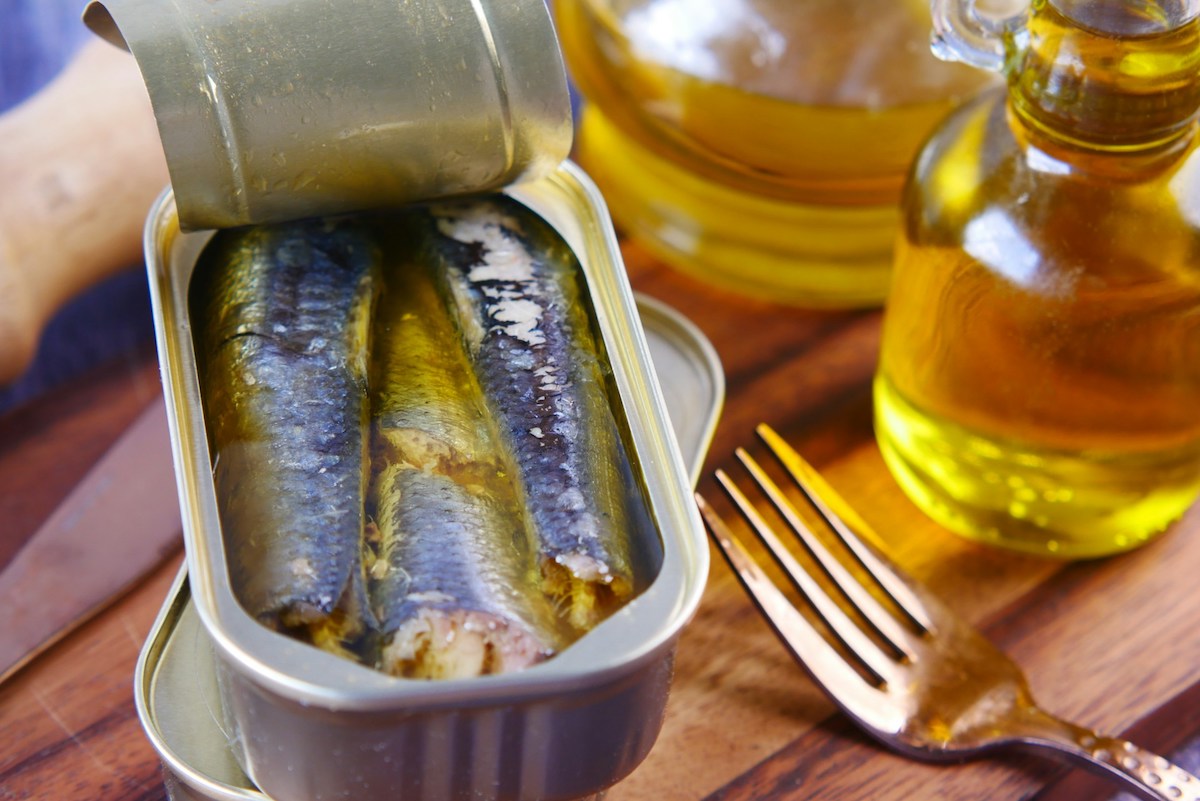
Where to find canned sardines in Lisbon
You’ll find conservas all over Lisbon, from the colorful paper-wrapped cans at specialty shops to ordinary brands at the average supermarket. Our favorite places to buy them are the historic Conserveira de Lisboa, and Loja das Conservas (Rua do Arsenal 130). The whimsical O Mundo Fantástico da Sardinha Portuguesa is also a popular option, with locations all over the city, and country.
Canned sardines are delicious, affordable, and make for a great Lisbon souvenir. If you decide to pick some up at the supermarket, look for these brands: Minerva, Manná, Ramirez, Bom Petisco, and Nuri. You’ll also find canned tuna, mackerel, octopus, codfish, and many other kinds of conservas—we suggest trying as many as possible.
Local’s Tip: if you want to have a whole conservas feast, head to Sol e Pesca (R. Nova do Carvalho 44) on the famous Pink Street in Cais do Sodré. At this café, canned fish and seafood are the stars of the show.

The sardine dilemma: Overfishing and restrictions
Lots of Portuguese people would find it hard to imagine a world without sardines. Unfortunately, over the last several decades Portugal’s sardine population has dropped dramatically, mostly due to climate change and overfishing. This has led the government to institute strict limits for the total quantity of sardines that can be caught and sold each year.
The fact that sardines have traditionally been sourced from local waters makes them more sustainable than, say, salt cod, which is mostly imported from Norway. But as the temperature rises in the Atlantic, these fish are heading north to find cooler waters. Young sardines are especially vulnerable to these changes, and without them it’s hard to replenish the population.
Sardines are traditionally eaten in summer because their reproductive season is from October to April. Fishing is prohibited during fall and winter to ensure that they’re able to reproduce. But as the population continues to decline, it looks like other solutions might be necessary.
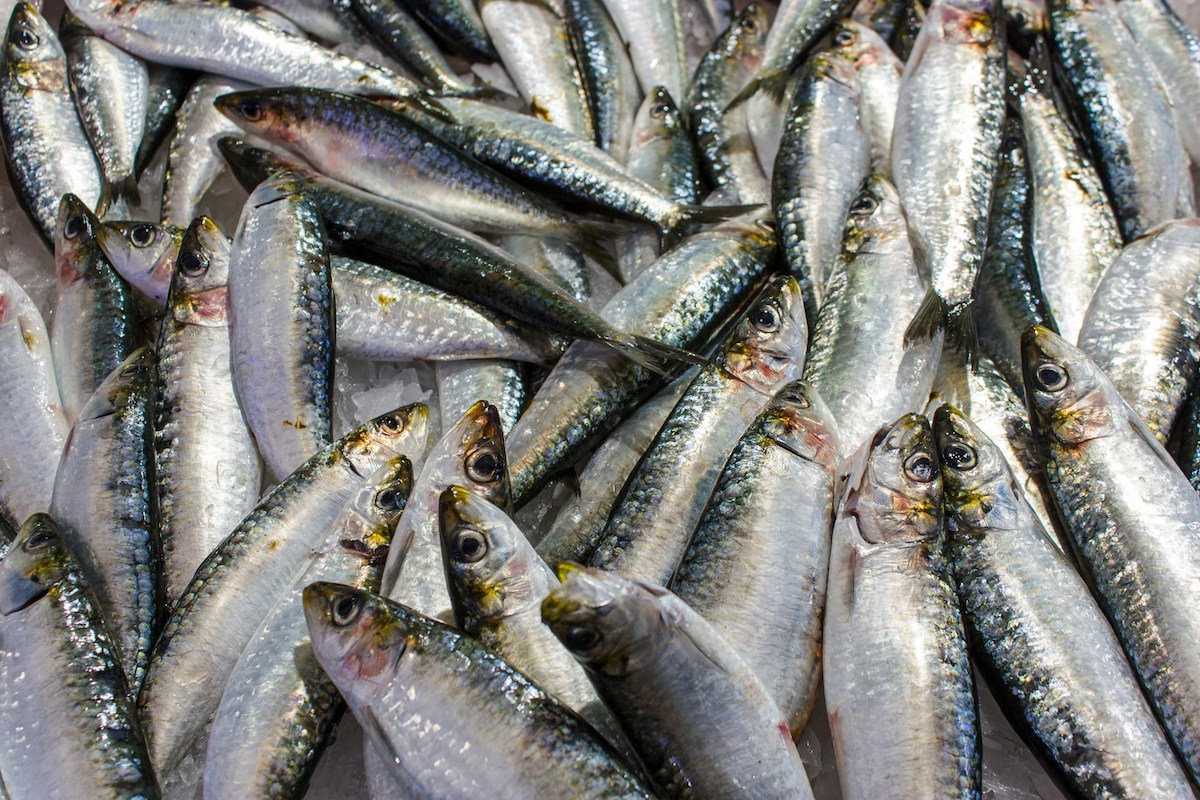
How to find responsibly sourced seafood in Portugal
Whether you’re ordering fish at a Portuguese restaurant or buying it straight from the market, how can you make sure it’s sustainably sourced?
Your best bet is to speak directly to your server, or fishmonger. Ask what they recommend, which fish is the freshest, and where it was caught. This will allow you to make a more informed decision before digging in. We also suggest checking out this guide to Portuguese seafood to learn more about different kinds of fish in Portugal and their relative sustainability.
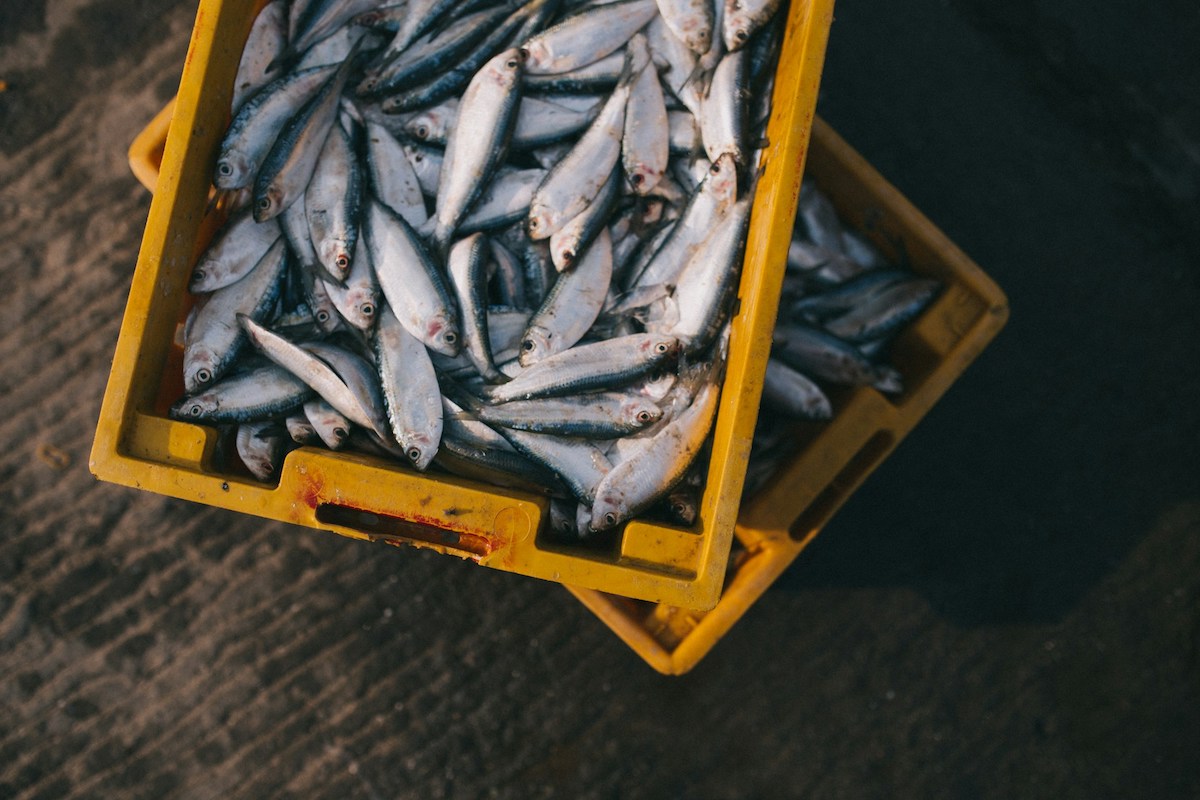
Sustainable alternatives to sardines
To avoid contributing to the problems above, one easy alternative is to eat other fish instead. Both carapau (horse mackerel) and cavala (chub mackerel) are similar in taste to sardines, but more sustainable. They’re also highly traditional and authentic elements of Portuguese cuisine, and you can find them grilled, fried, or canned, just like sardines.
If you want to try fresh mackerel in Lisbon, we suggest heading to Pateo 13 (Calçadinha de Santo Estêvão 13) in Alfama or Ponto Final (R. do Ginjal 72) in Cacilhas. For Ponto Final, you’ll have to take the ferry across the Tagus River, but it’s worth it for the fantastic views of the city.
Also, keep an eye out for carapauzinhos fritos: tiny fried mackerel that are usually served with tomato rice.
Finally, there’s the simplest option of all: forgo the fish entirely at one of the many fantastic plant-based restaurants in Lisbon. We know it’s exactly not the same, but there are some places making truly incredible vegan versions of Portuguese seafood.
Try the “sardinha” melancólica at 26 Vegan Food Project (R. Horta Seca 5) or the “bacalhau” com natas at A Minha Avó (Av. António Augusto de Aguiar 74B), and see for yourself.
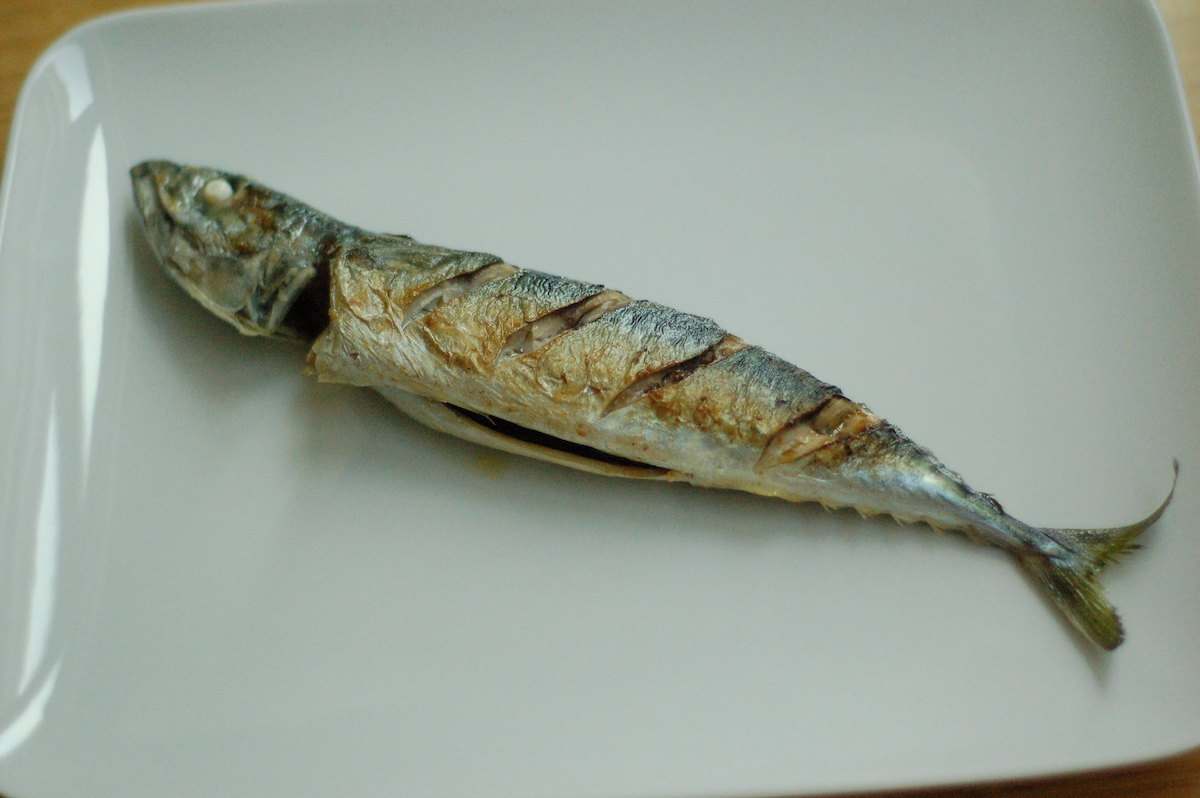
Are you coming to Lisbon? Don’t waste a single meal—check out our ultimate foodie guide to where to eat in Lisbon!
